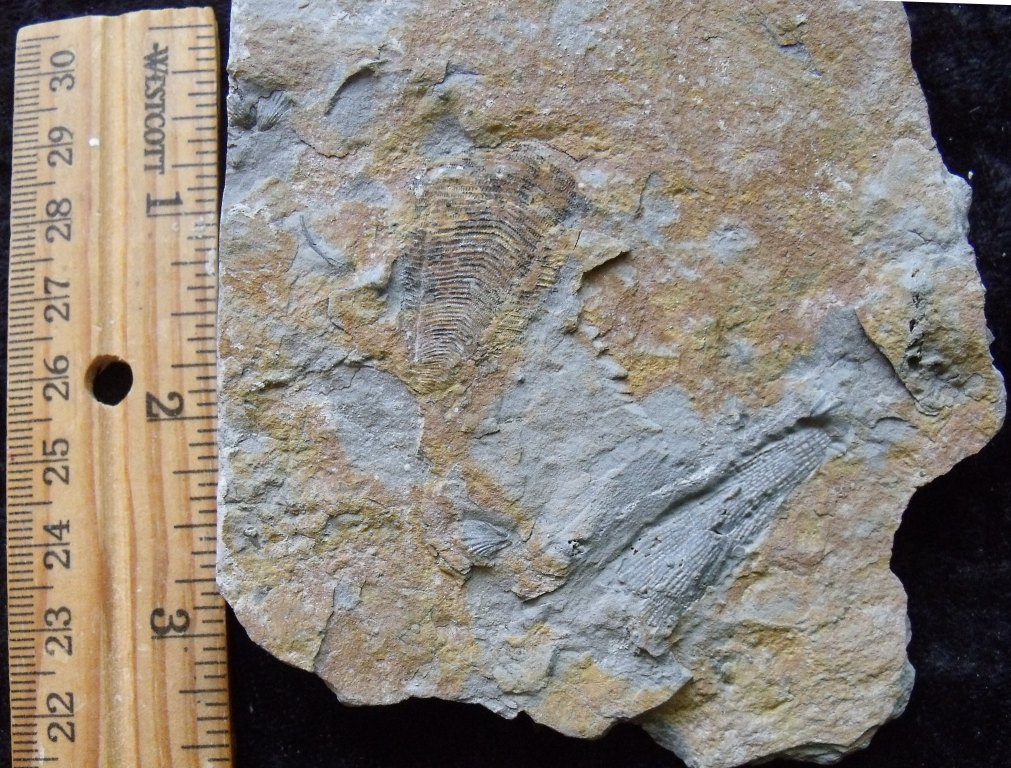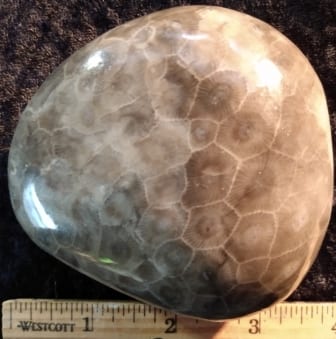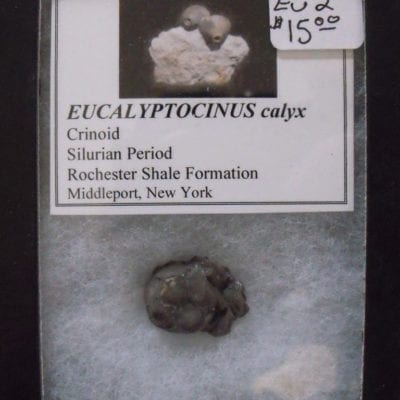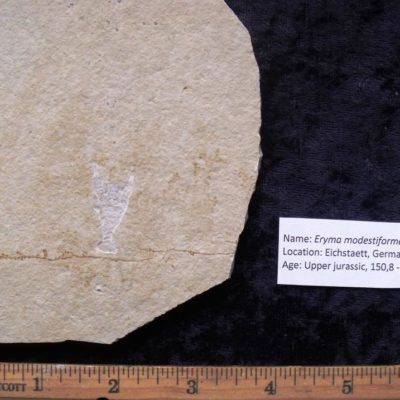Description
Here is your chance to own a classic fossil from a classic site.
It is harder and harder to obtain fossils from this private quarry in Middleport, New York
This is a very nice natural double Fossil Conularid and Fenestella Bryozoan fossil from the Rochester Shale of New York.
This Conularid and Bryozoan Fossil was collected decades ago and just recently prepared by our prep lab..
Here is a Super detailed and rare crinoid from a classic site in NY.
Conularids are cone shaped, extinct marine invertebrates that are thought to be Jellyfish. Today Jellyfish have no hard shell but in the past they had hard cone-shaped bodies. They are found in Silurian through Middle and Upper Paleozoic marine outcrops around the world. The shell looks like many, closely spaced, horizontal ridges. Most Conularid and Fenestella fossils are small. But some could get much larger.
Because of the wide variety and number of Conularid and Bryozoan fossils they were preserved in silt and the detail is amazing. Because of large storms such as hurricanes the seas were often rough but the storms did not stay over water. They often hit land and washed silt and sediment into the sea. Because this silt was so fine it preserved these fossils in great detail.
Silurian Conularids are actually like a Jellyfish but with a hard protective shell. The Fenestella was a Bryozoan called a “moss animal”
The Conularid and Fenestella fossils lived in the warm inland sea that covered the area during the Silurian Period some 420 million years ago. They lived near what is now Middleport New York. Because of the harsh storms battered the lagoons and caused silt to flow into them. It is because the silt hardened into stone that preserved the crinoids in detail.
This Conularid and Fenestella have exceptional detail and it have been prepared using air abrasive tools.
The Conularid is 1 inch long by 3/4 at it’s widest. It sits on gray matrix 3 3/4 by 3 1/2 inches. There is also a FENESTELLA bryozoan on the plate.
per Paleozoic marine outcrops around the world. The exoskeleton is characterized by numerous, widely spaced, horizontal ridges. Most specimens are small but some reached larger.




